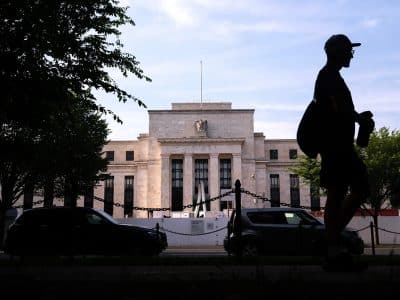Middle Eastern investment banking fees totalled an estimated $912.4 million during 2017, 0.1 percent less than the value of fees recorded during 2016, according to Thomson Reuters.
Its 2017 investment banking analysis for the Middle East also showed that equity capital markets fees increased 118 percent to $91.3 million, while fees generated from completed M&A transactions totalled $181.9 million, a 21 percent decrease from last year and the lowest full year total since 2012.
Syndicated lending fees declined 25 percent year-on-year to $389.9 million, it added.
The report showed that debt capital markets fees accounted for 28 percent of the overall Middle Eastern investment banking fee pool, the highest full year share since 2001. Syndicated lending fees accounted for 42 percent, while completed M&A advisory fees and equity capital markets underwriting fees accounted for 20 percent and 10 percent, respectively.
Nadim Najjar, managing director, Middle East and North Africa, Thomson Reuters, said: “Debt capital markets underwriting fees totalled $256.3 million, up 102 percent year-on-year and the highest full year total in the region since our records began in 2000.”
He said that HSBC earned the most investment banking fees in the Middle East during 2017, a total of $84.7 million for a 9.2 percent share of the total fee pool.
Credit Suisse topped the completed M&A fee rankings with 13.7 percent of advisory fees, while JP Morgan was first for DCM underwriting. ECM underwriting was led by EFG Hermes with $12.91 million while Industrial and Commercial Bank of China took the top spot in the Middle Eastern syndicated loans fee ranking.
The value of announced M&A transactions with any Middle Eastern involvement reached $43.8 billion during 2017, 14 percent less than the value recorded during 2016.
Middle Eastern equity and equity-related issuance totalled $3.5 billion during 2017, a 36 percent decline year-on-year and the second lowest year since 2009 for issuance in the region.
“Bolstered by Saudi Arabia’s $12.4 billion international Islamic bond in September, Middle Eastern debt issuance reached $103.7 billion during 2017, 33 percent more than the proceeds raised during last year and by far the best year in the region since records began in 1980,” added Najjar.
“Saudi Arabia was the most active nation in the Middle East accounting for 30 percent of activity by value, followed by the UAE with 27.8 percent. International Islamic debt issuance increased 36 percent year-on-year to reach $51.5 billion so far during 2017.”







